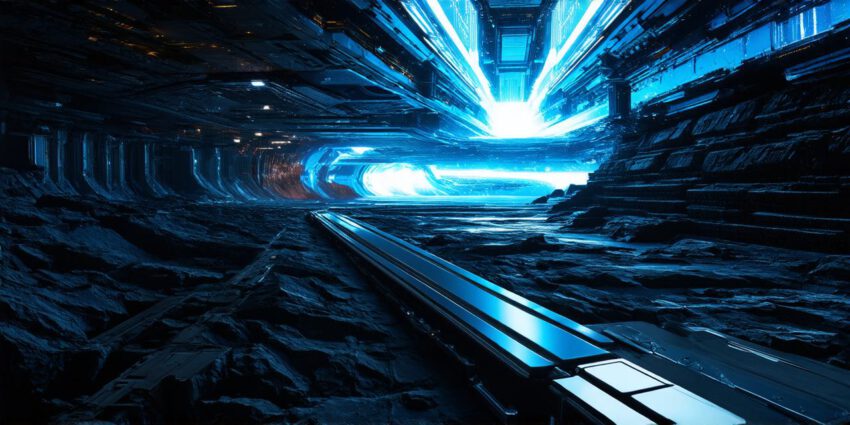1. Understanding the Basics: Getting Started with Unreal Engine
Before you can start pushing the limits of Unreal Engine, you need to have a solid foundation in place. This means understanding the basics and getting started with the software. Here are some key steps to get you started:
- Familiarize yourself with the interface and navigation of Unreal Engine.
- Learn about the different components of an Unreal Engine project, such as assets, materials, and lighting.
- Understand the different workflows in Unreal Engine, including creating scenes, setting up cameras, and adding special effects.
- Experiment with different tools and features in Unreal Engine to find what works best for your projects.
1. Optimizing Performance: The Key to Immersive Experiences
Performance is critical when it comes to creating immersive experiences with Unreal Engine. Here are some tips for optimizing performance and ensuring that your projects run smoothly:
- Use low-poly assets and minimize the number of objects in a scene to reduce draw calls.
- Optimize materials and lighting to reduce the amount of processing power required to render scenes.
- Disable unnecessary features, such as post-processing effects, when testing for performance issues.
- Monitor your project’s frame rate and adjust settings as needed to ensure smooth gameplay.
- Use profiling tools, such as Unreal Engine’s built-in profiler, to identify performance bottlenecks and optimize accordingly.
1. Creating Stunning Visual Effects: The Art of Unreal Engine
One of the most powerful aspects of Unreal Engine is its ability to create stunning visual effects. Here are some tips for pushing the limits of what’s possible:
- Use particle systems and other special effects to add depth and complexity to your scenes.
- Create dynamic lighting and shadows using advanced lighting techniques, such as HDRI mapping and real-time global illumination.
- Use advanced materials and shaders to create realistic textures and effects, such as water and metal surfaces.
- Experiment with post-processing effects, such as depth of field and color grading, to enhance the overall look and feel of your scenes.
- Draw inspiration from real-world environments and use reference images to guide your creative process.
1. Collaboration: The Power of Teams
Creating immersive experiences with Unreal Engine is a collaborative effort that requires the expertise of multiple team members. Here are some tips for working effectively as part of a team:
- Define clear roles and responsibilities for each team member to ensure everyone is on the same page.
- Use version control systems, such as Git, to manage code changes and keep track of progress.
- Communicate regularly with team members to share ideas, provide feedback, and resolve issues.
- Leverage cloud-based collaboration tools, such as Unreal Engine’s built-in networking features and remote desktop applications, to work together seamlessly.
- Celebrate successes and learn from failures as a team to continuously improve your skills and processes.
1. FAQs: Common Questions and Solutions
Here are some common questions that developers may have when working with Unreal Engine, along with solutions to help them overcome any challenges they may face:
- Q: My scene is running slowly. How can I optimize it?
- Q: How do I create realistic water effects in Unreal Engine?
- Q: How do I set up dynamic lighting in Unreal Engine?
- Q: How do I work with multiple team members on a Unreal Engine project?
Try using low-poly assets, minimizing the number of objects in a scene, and optimizing materials and lighting. You can also disable unnecessary features and use profiling tools to identify performance bottlenecks.
Use advanced shaders, such as the Surface Tension and Roughness shader, to simulate the behavior of water. You can also use particle systems and other special effects to add depth and complexity to your scenes.

Use advanced lighting techniques, such as HDRI mapping and real-time global illumination, to create dynamic lighting that responds to the environment. You can also use post-processing effects to enhance the overall look and feel of your scenes.
Define clear roles and responsibilities for each team member, use version control systems and cloud-based collaboration tools to manage code changes and communicate regularly with team members. You can also celebrate successes and learn from failures as a team to continuously improve your skills and processes.
